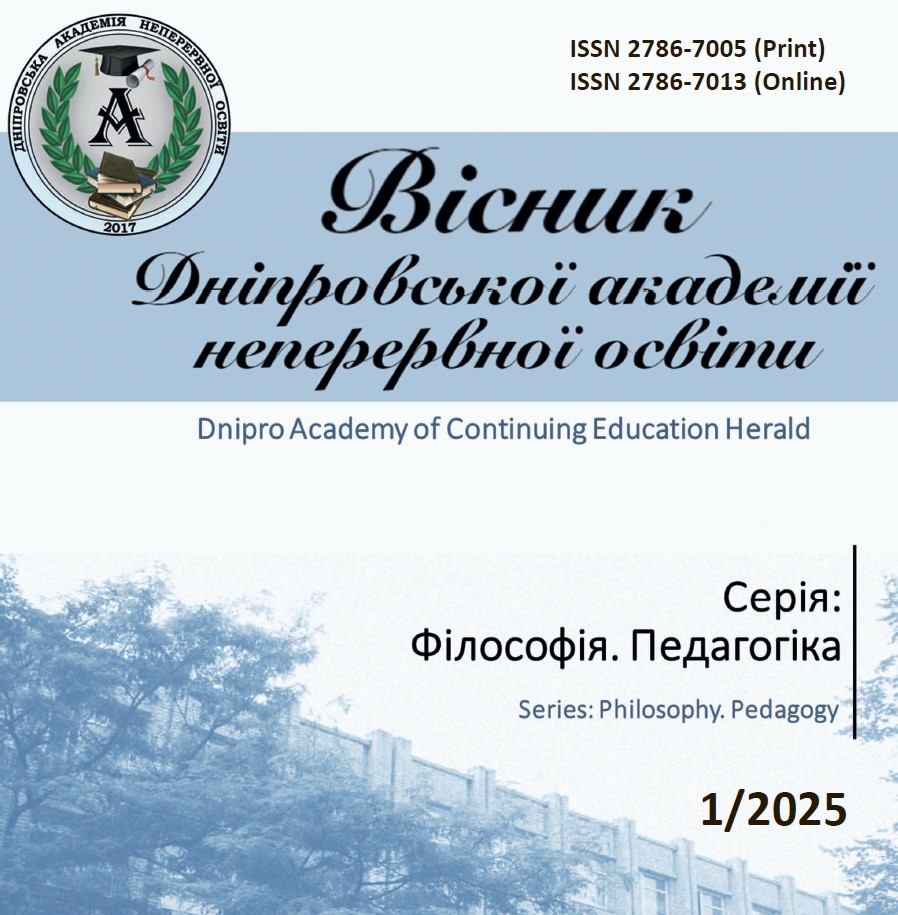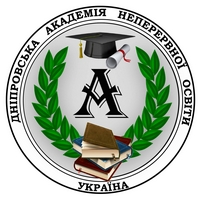FOREIGN EXPERIENCE IN THE IMPLEMENTATION OF BLENDED LEARNING IN HIGHER MEDICAL EDUCATION INSTITUTIONS
Abstract
Modern medical education is undergoing transformations, combining traditional methods with digital technologies, which enhances the quality of specialist training. This article analyzes international experiences in implementing blended learning in higher medical education institutions, particularly in the USA, the United Kingdom, Australia, and China. The key advantages of this approach have been identified: increased flexibility of the educational process, the possibility of personalized learning, the development of students' independence, and the integration of theoretical knowledge with practical training. Successful practices such as Harvard Medical School’s online courses, digital simulations in Australian universities, and the use of micro-video lessons in China have been examined. Blended learning contributes to better material assimilation, the development of clinical thinking, and professional skills. It has been determined that its effectiveness depends on the level of teacher training, the availability of digital resources, the appropriate infrastructure, and students’ readiness for independent work. An important aspect is the adaptation of curricula to the digital environment, allowing for an optimal combination of traditional and modern teaching methods. The use of interactive platforms, webinars, multimedia resources, and simulation technologies enhances student motivation and the effectiveness of the educational process. The experience of leading countries demonstrates that combining online resources with practical sessions significantly improves specialist training, increases their international competitiveness, and fosters critical thinking development. Key components of successful blended learning implementation include faculty support, modernization of the technical base, and the introduction of mechanisms for assessing learning effectiveness. A promising direction is the further improvement of teaching methods, the integration of artificial intelligence, and adaptive learning, which will contribute to improving the quality of medical education. Special attention should be paid to the development of students' competencies, the implementation of modern pedagogical strategies, and the expansion of interaction opportunities in the digital environment, which can significantly enhance the efficiency of the educational process and the level of training of future doctors.
References
2. Bates A. T. Teaching in a digital age: Guidelines for designing teaching and learning for the digital age. Tony Bates Associates Ltd., 2015. 518 p.
3. Chen J., Zhou J., Wang Y., Qi G., Xia C., Mo G., et al. Blended learning in basic medical laboratory courses improves medical students’ abilities in self-learning, understanding, and problem-solving. Advances in Physiology Education. 2020. Vol. 44. P. 52–57. URL: https://journals.physiology.org/doi/full/10.1152/advan.00076.2019 (дата звернення: 09.09.2024).
4. Clark R. C., Mayer R. E. e-Learning and the science of instruction: Proven guidelines for consumers and designers of multimedia learning. Wiley, 2016. P. 1–528.
5. Elmer S. J., Carter K. R., Armga A. J., Carter J. R. Blended learning within an undergraduate exercise physiology laboratory. Advances in Physiology Education. 2016. Vol. 40. P. 64–69. URL: https://journals.physiology.org/doi/full/10.1152/advan.00144.2015 (дата звернення: 12.09.2024).
6. Garrison D. R., Kanuka H. Blended learning: Uncovering its transformative potential in higher education. The Internet and Higher Education. 2004. Vol. 7. № 2. P. 95–105.
7. Murthy S., Woolley T., Rao K. Y., et al. Lessons learnt from implementing blended ‘integrated’ learning into an undergraduate medical curriculum. MedEdPublish. 2017. Vol. 6. № 3. 15 р. URL: https://mededpublish.org/articles/6-129?utm_source=chatgpt.com (дата звернення: 08.09.2024).
8. Pappano L. The year of the MOOC. The New York Times. 2012. November 4. URL: https://www.nytimes.com/2012/11/04/education/edlife/massive-open-online-courses-are-multiplying-at-a-rapid-pace.html (дата звернення: 09.09.2024).
9. Sewell J., Maglione A., Zywicki T. Innovative blended learning in undergraduate medical curriculum: Outcomes and challenges. MedEdPublish. 2019. Vol. 8. № 2. 45 p. URL: https://www.sciencedirect.com/science/article/abs/pii/S0360131519302544?utm_source=chatgpt.com (дата звернення: 10.10.2024).
10. Shaffer K., Small J. E. Blended learning in medical education: Use of an integrated approach with web-based small group modules and didactic instruction for teaching radiologic anatomy. Academic Radiology. 2004. Vol. 11. P. 1059–1070. URL: https://www.sciencedirect.com/science/article/abs/pii/S1076633204003460 (дата звернення: 15.10.2024).
11. Shang F., Liu C. Y. Blended learning in medical physiology improves nursing students’ study efficiency. Advances in Physiology Education. 2018. Vol. 42. P. 711–717.

 ISSN
ISSN  ISSN
ISSN 

